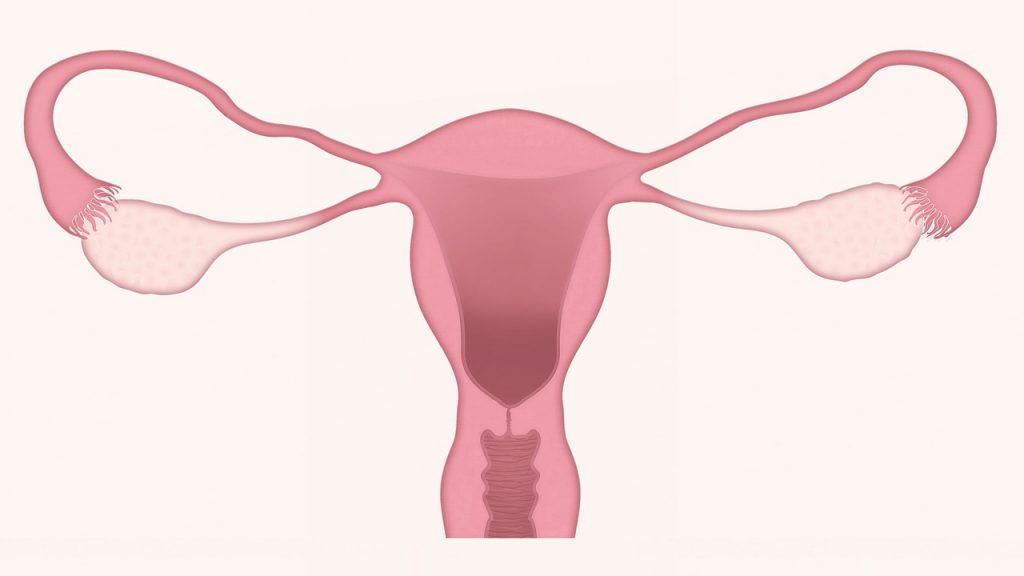Abstract
Human female infertility, 20% of which is idiopathic, is a public health problem for which better diagnostics and therapeutics are needed. A novel cause of infertility emerged from studies of female mice deficient in the HDL receptor gene (Scarb1). These mice are infertile and have high plasma HDL cholesterol (C) concentrations, due to elevated HDL-free cholesterol (FC), which transfers from HDL to all tissues. Previous studies have indicated that oral delivery of probucol, an HDL-lowering drug, to female Scarb1−/− mice reduces plasma HDL-C concentrations and rescues fertility. Additionally, serum opacity factor (SOF), a bacterial virulence factor, disrupts HDL structure, and bolus SOF injection into mice reduces plasma HDL-C concentrations. Here, we discovered that delivering SOF to female Scarb1−/− mice with an adeno-associated virus (AAVSOF) induces constitutive SOF expression, reduces HDL-FC concentrations, and rescues fertility while normalizing ovary morphology. Although AAVSOF did not alter ovary-FC content, the ovary-mol% FC correlated with plasma HDL-mol% FC in a fertility-dependent way. Therefore, reversing the abnormal plasma microenvironment of high plasma HDL-mol% FC in female Scarb1-/- mice rescues fertility. These data provide the rationale to search for similar mechanistic links between HDL-mol% FC and infertility and the rescue of fertility in women by reducing plasma HDL-mol% FC…







